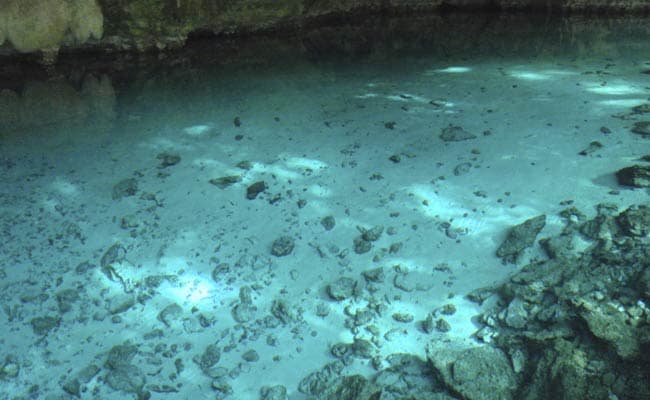2024-02-16 13:55:56

Arsenic contamination is prevalent in several states in India. (Representational)
New Delhi:
Groundwater samples collected from 58 tubewells in Delhi exceed permissible fluoride limits, according to a report submitted by the Delhi government to the National Green Tribunal (NGT).
The report said that the Delhi Jal Board (DJB) collected groundwater samples from 1,256 tubewells across the national capital following directions from the NGT.
Union Minister of State for Jal Shakti, Bishweswar Tudu, informed the Rajya Sabha on December 4 last year that arsenic had been detected in groundwater in parts of 230 districts in 25 states, and fluoride in 469 districts in 27 states.
Observing that the Central Ground Water Authority (CGWA) acknowledged the presence of high concentrations of arsenic and fluoride in groundwater, but no effective measures have been taken, the NGT issued notices to 28 states, Union territories, CGWA, and the environment ministry in December.
According to the response filed by the Delhi government, groundwater samples were collected from 56 tubewells in Narela and Bawana in northwest Delhi, of which 33 exceeded permissible fluoride limits.
Groundwater samples from 11 out of the 70 tubewells tested in Najafgarh Zone and Nangloi contained higher-than-permitted fluoride levels.
Fluoride concentration was also found to be high in samples collected from four tubewells in North Delhi and Northeast Delhi, five tubewells in West Delhi, and four in Southwest Delhi.
None of the samples collected from Central Delhi and South Delhi had fluoride content beyond permissible limits.
The Delhi government informed the tribunal that the DJB has taken precautions and issued directions to its maintenance divisions to either stop the supply from such tubewells or utilise the water for purposes other than drinking.
The city government has also requested additional time from the NGT to assess arsenic concentration in the samples collected from tubewells in the capital.
Fluoride found in groundwater occurs naturally due to the breakdown of rocks and soils, weathering, and deposition of atmospheric particles. Most fluorides are sparingly soluble and present in groundwater in small amounts.
Small amounts of fluoride (less than 1.0 mg/l) have proven beneficial in reducing tooth decay. However, concentrations exceeding 1.5 mg/l may lead to staining of tooth enamel, while higher levels between 5.0 and 10 mg/l could cause pathological changes, such as stiffness of the back and difficulty in performing natural movements.
Groundwater samples with fluoride concentrations exceeding 1.5 mg/l have been collected from various locations in Andhra Pradesh, Gujarat, Karnataka, Madhya Pradesh, Rajasthan, Chhattisgarh, Haryana, Orissa, Punjab, Tamil Nadu, Kerala, Telangana, Haryana, Uttar Pradesh, West Bengal, Bihar, Delhi, Jharkhand, Maharashtra, and Assam West Bengal.
Arsenic contamination is prevalent in several states in India, particularly in the Ganges-Brahmaputra delta region, such as West Bengal, Bihar, Jharkhand, Uttar Pradesh, and Assam.
According to the Bureau of Indian Standards, the acceptable limit of arsenic is 0.01 mg/l and the permissible limit in the absence of an alternate source is 0.05 mg/l.
Long-term intake of arsenic-contaminated water can lead to arsenic poisoning or arsenicosis, resulting in skin, bladder, kidney, or lung cancer, as well as skin diseases (colour changes, and hard patches on palms and soles) or blood vessel issues in the legs and feet.
(This story has not been edited by NDTV staff and is auto-generated from a syndicated feed.)
Delhi Jal Board,Delhi Groundwater,Delhi groundwater samples
Source link
![]()



